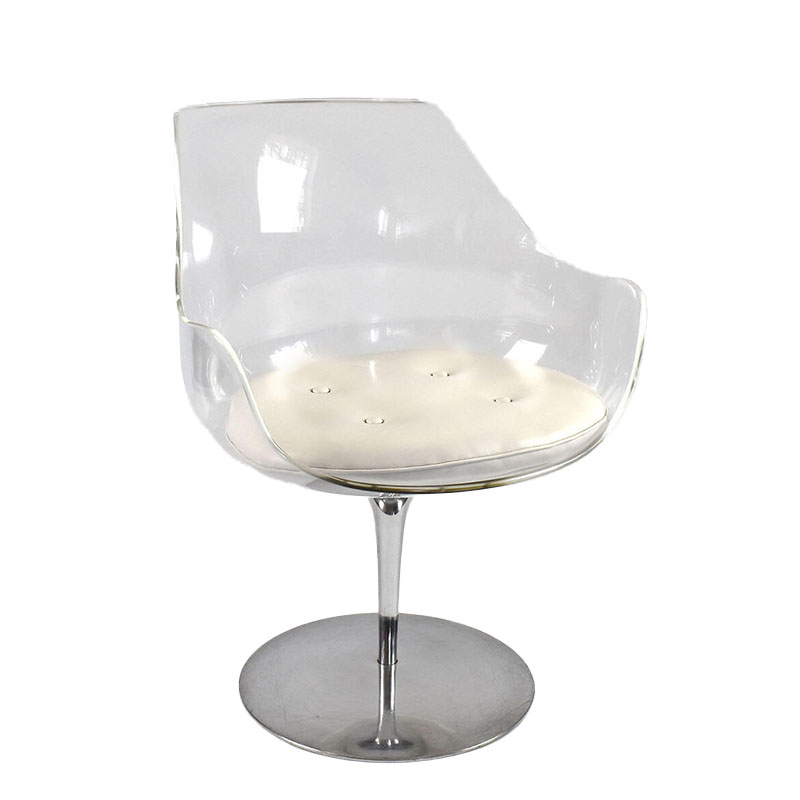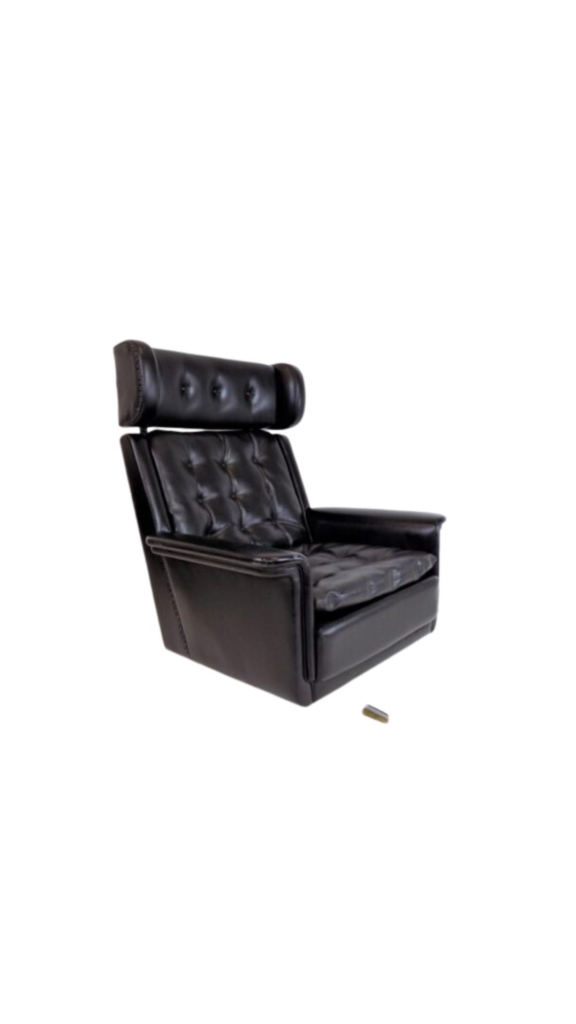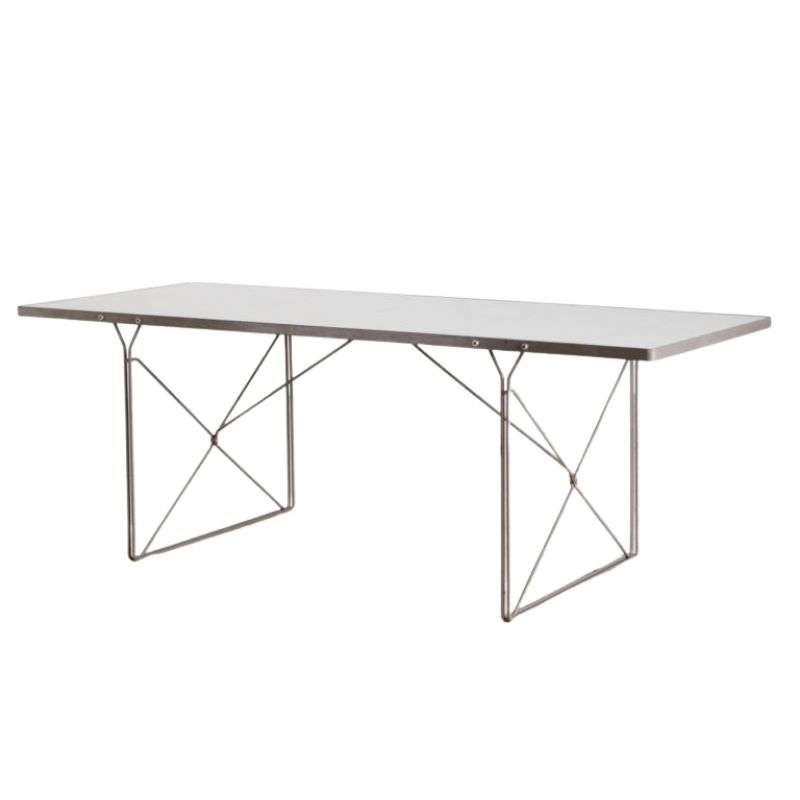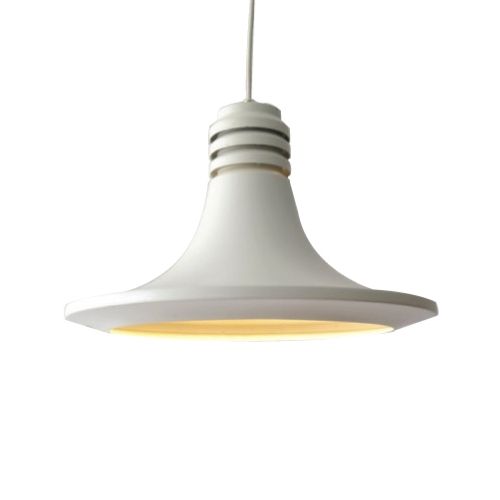... and
...also mention the Golden Ratio and how Leonardo Da Vinci apply it to the human face.
http://en.wikipedia.org/wiki/Golden_ratio
Hi Kai
I am surprised that the information on the design council site is so poor. The reference to anthropomorphic is useless because it is simply un-related.
Anthropometrics in design is the most basic knowledge we have of the size of the human body. With dynamic anthropometrics (reach, mouvement of each articulation of the different parts of the body etc) it is one of the basics of ergonomics.
A major step in antropometrics was made by one of the "fathers" of industrial design: Henri Dreyfuss. Who published the rusults of measuring a large number of (mostly military) people in a book and charts called : The measure of man, human factors in design. His longtime collaborator and talented designer of a.o. office chairs, Niels Diffrient, continued Dreyfuss' work and these charts are now available in updated forms.
Contrary to Le Corbusiers Modulor, which is a system of proportions bases on a "idealistic" normalisation of the human body, or the use of the golden ratio, or Da Vinci's attempts to "normalize" the human body, anthropometrics are based on actual measurements of large numbers of people and a statistic system called percentiles. Percentiles are different from percentages or medians. The are not based on avarages but on the largest possible group corresponding within pre-established limits to the given norm. ( I have to leave the details to your own teachers because it exceeds the scope of this forum)
Generally anthropometrics have been quite reliable, but unfortunately because of the obvious differences in stature between different peoples or ethnic groups, they are less usefull outside Europe and North America and should be adjusted in most other parts of the world. A number of Industrialized countries like Japan, Taiwan and probably soemothers have done just that.
Good luck in your study!
Koen, actually very often one...
Koen, actually very often one of the tests a designer does
before dealing with anthropometric aspects of a product is
the study of the anthropomorphism of the item. Honestly.
Yes I'm surprised myself about the poor info
the Design Council site publishs about anthropometrics.
Could their choice has to do with anti-racism?
The Golden Ratio and Le Corbusier are also mentioned
at uni when talking about anthropometrics. Not necessarily
to celebrate them, but because they are useful during the
anthropometric process of the design of a product.
SDR, exactly, "aesthetics" is...
SDR, exactly, "aesthetics" is the one of key factors. Ok,
let me explain:
I didn't say that the Golden Ratio, etc., are directly related to
anthropometrics, or that they are necessarily in harmony
with it. I said instead that if you are researching about
anthropometrics those are useful topics to agree or disagree
with. There are relations in this way.
At uni they don't tell you to make anthropometric products
in accordance to the Golden Ratio or Modulor.
What they teach is that the when you are dealing with the
aesthetics of an anthropometric product you may like re to
bear in mind the Golden Ratio (and other).
So at uni during a discussions about anthropometrics,
or if you write an essay about anthropometrics those topics
are likely to come out.
... anyway, where are you kai? we are discussing this topic
for you... I hope we'll see you again soon... 🙂
I am as disappointed as...
you are SDR. It is a general problem in design teaching that academic freedom is used to allow for sub-standard teaching, and although design history is often neglected, the reputation of some historical figures is often taken out of context and some of their "research" is still considered valid. The Modulor is obviously such a thing. Even as a system of proportions it has shown to be useless, as an indication of seating height,table height or anything close to applied antropometrics, it is simply outdated and is as relevant to antropometrics as a stone-age hammer is to CNC milling. It is unfortunate but I am not surprised by Antonella's description of her university experience.
The only context in which the Modulor should be related to antropometrics would be a historical survey of alternative antropometric data that both ignored existing knowledge and set back the application of that knowledge for soem years to come. The Modulor would be a fine exemple of abusing ones authority (in this case Le Corbusier's reputation as an architect) to disregard available scientific data (which existed) in order to promote one's aesthetic ideology. Unfortunately their are many and more recent exemples in design and design education related areas. One has just to think about design methods, product development methods, pedagogical methods etc. in which design educations choose to ignore available research in these areas just to stay on a self serving ideological course...too bad for the students.
Hi Koen, I don't undertand...
Hi Koen, I don't undertand your disappointment... there is total
freedom to agree or disagree with every topic / ideology at
university... in fact what they are teaching us is to be able to
develop our own views and support them with good arguments.
For example a student that writes a good essay that criticises
Modulor is appreciated. There is nothing "oppressive" about
universities (based on my experience).
University is like a "philosophical gym" (my expression)
If you need any help, please contact us at – info@designaddict.com










